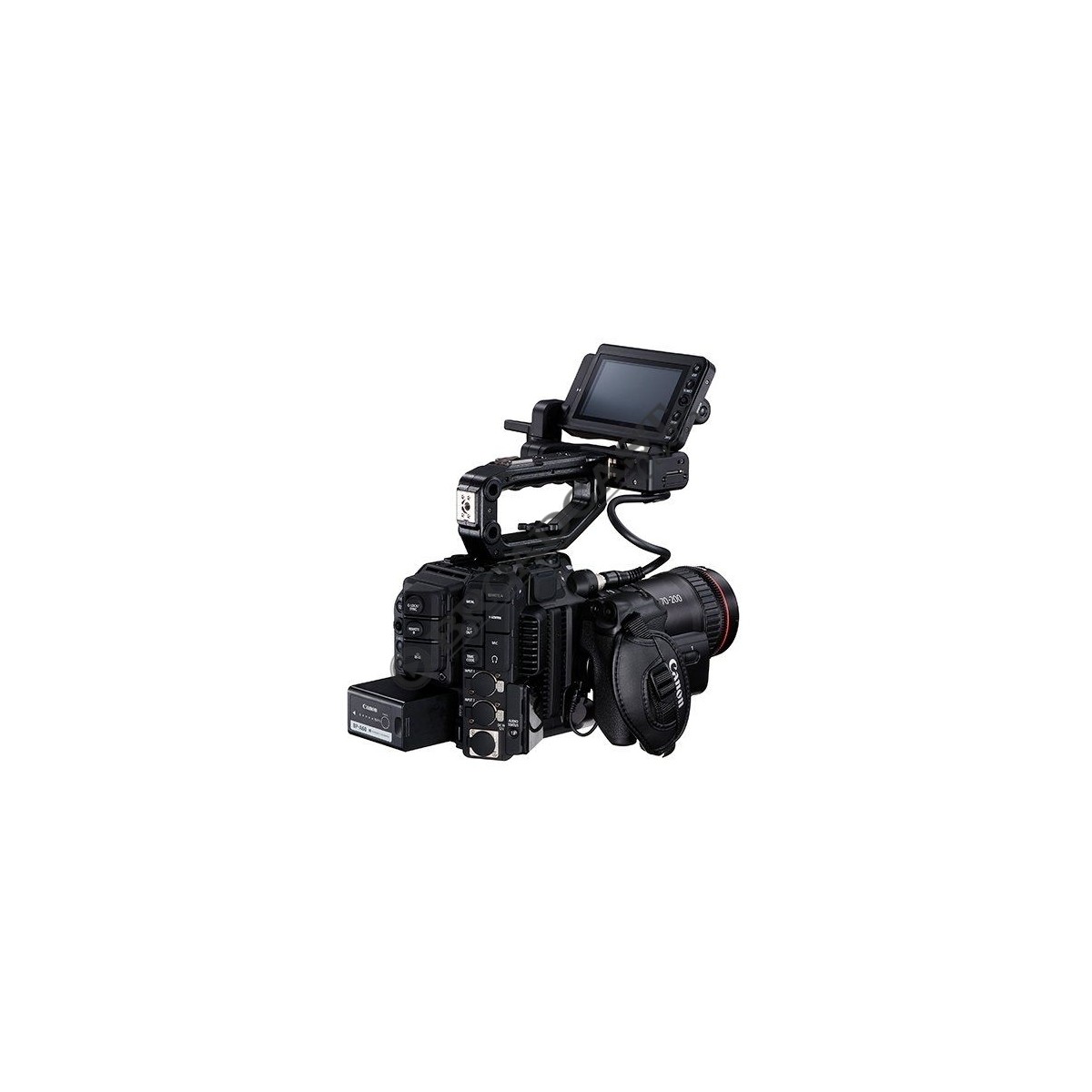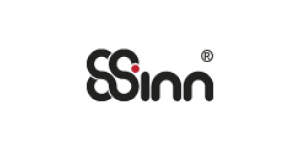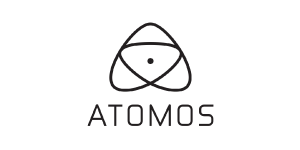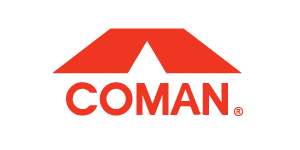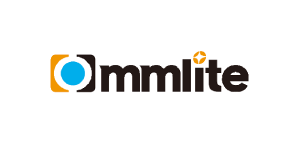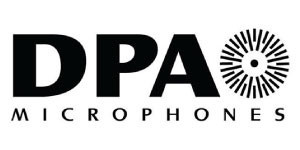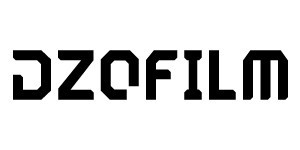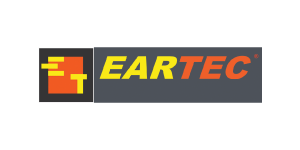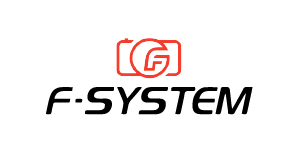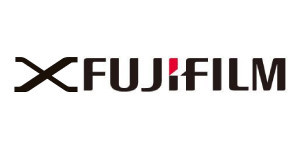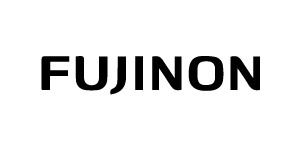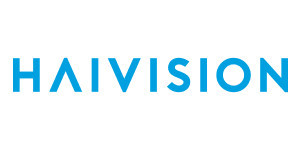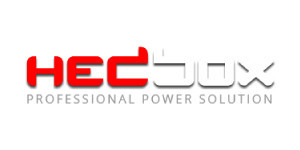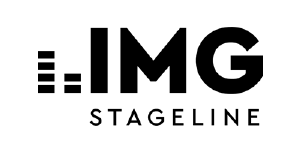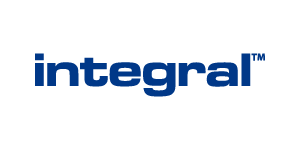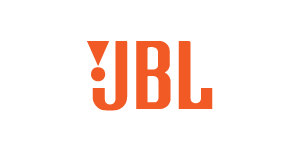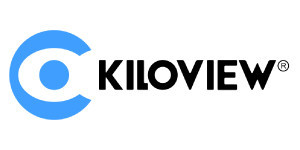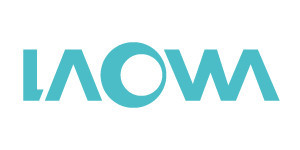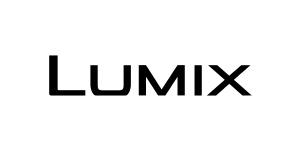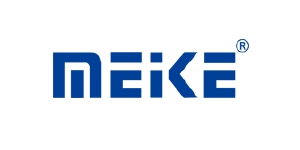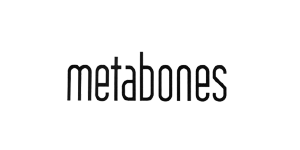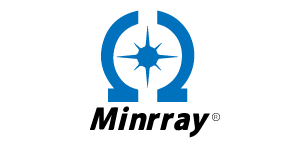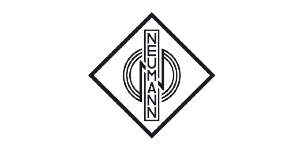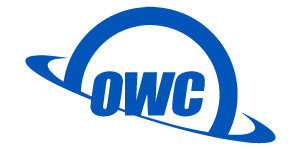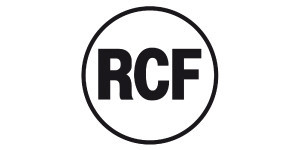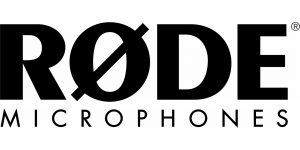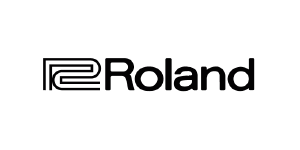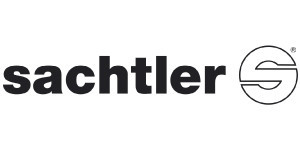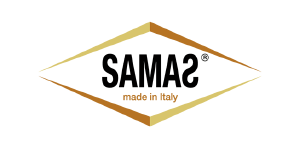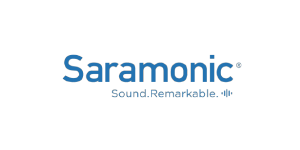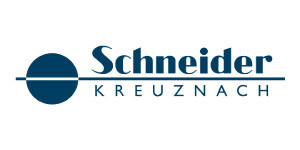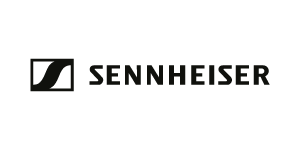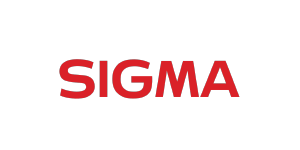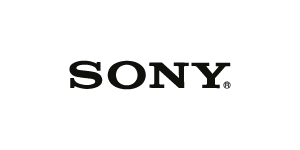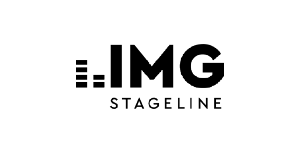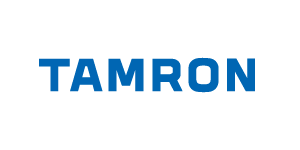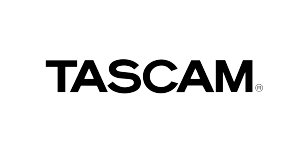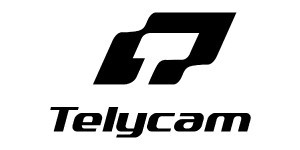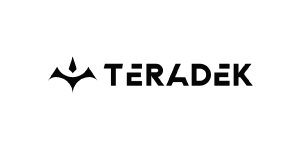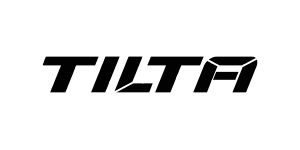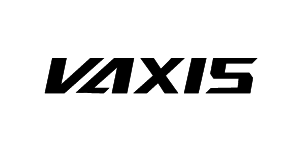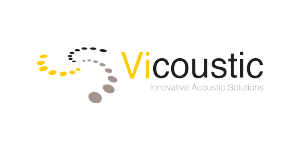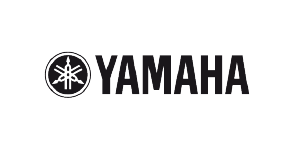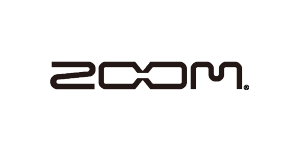La videocamera di nuova generazione EOS C300 Mark III è dotata del nuovo sensore Canon DGO 4K Super 35mm, con slow motion 4K 120P, High Dynamic Range, Dual Pixel CMOS AF e utilizza lo stesso corpo di EOS C500 Mark II.
4K/120 fps
Sensore CMOS Super 35mm con rumore ridotto
Dual Gain Output
Oltre 16 stop di gamma dinamica
Registrazione interna in formato Cinema RAW Light 4K
File RAW su schede di memoria CFexpress
4K 4:2:2 a 10 bit
Registrazione interna fino a 810 Mbps, supporto dei formati ALL-I e Long GOP
Doppio slot per schede di memoria CFexpress
Registrazione relay o simultanea
Supporto per le funzionalità High Dynamic Range
SMPTE ST 2084 e ITU-R BT.2100 (HLG)
Avanzata tecnologia di messa a fuoco automatica
Accurata e affidabile, con comandi touch screen
Terminale 12G-SDI Output
4K tramite cavo singolo
Nuovo sensore CMOS 4K Super 35mm per una qualità d'immagine straordinaria
Dotata del nuovo sensore 4K S35mm e del processore d'immagine DIGIC DV7, EOS C300 Mark III offre eccezionali immagini ad alta risoluzione con oltre 16 stop di latitudine. Ha anche un'impressionante capacità di ripresa in condizioni di scarsa illuminazione in cui l'occhio umano non vede facilmente, con sensibilità ISO fino a 102.400 a bassi livelli di rumore.
Il sensore DGO (Dual Gain Output) Super 35mm genera riprese HDR in tempo reale
Il sensore DGO è un nuovo sistema di imaging che offre una qualità dell'immagine estremamente pulita in condizioni di scarsa illuminazione e un'eccezionale capacità HDR. Sul sensore DGO, ogni pixel legge l'immagine con due diversi livelli di guadagno, che saranno poi combinati per ottenere una singola immagine. La lettura a guadagno più alto è ottimizzata per catturare dettagli nitidi nelle aree più scure, mentre la lettura a guadagno più basso è ottimizzata per catturare i dettagli delle aree più luminose. I dati vengono poi combinati a livello di pixel, mantenendo i dettagli e la qualità sia delle aree più luminose che di quelle più scure, consentendo alla fotocamera di raggiungere una gamma dinamica molto elevata, fino a oltre 16 stop. Il nuovo sensore DGO è inoltre compatibile con Dual Pixel AF, per offrire all'utente maggiore libertà per ottenere l'immagine desiderata.
Frame rate elevato in 4K fino a 120 fps
EOS C300 Mark III supporta la registrazione in 4K fino a 120 fps, sia in formato Cinema RAW Light che XF-AVC. In modalità 2K (crop), è possibile regolare il frame rate da 12 fps fino a 180 fps per una maggiore libertà creativa, mentre l'apposito pulsante Slow & Fast consente di accedere rapidamente alle impostazioni Slow & Fast.
Estese funzioni di messa a fuoco automatica
Dual Pixel Focus Guide Guida alla messa a fuoco Dual Pixel
La tecnologia a differenza di fase Dual Pixel CMOS AF fornisce un'innovativa guida grafica che rappresenta la deviazione della messa a fuoco front/back. Quando il soggetto è a fuoco il rettangolo diventa verde, migliorando in tal modo l'usabilità e la precisione durante l'esecuzione della messa a fuoco manuale, soprattutto in condizioni critiche in 4K.
AF tracking
Utilizza l'intuitivo touch screen per selezionare un oggetto nel fotogramma e seguirlo mentre si muove al suo interno, per un tracking del soggetto che semplifica tutte le operazioni complesse.
Face Priority AF/Face Only AF
Grazie al funzionamento congiunto con la tecnologia Face Detection di Canon, il sistema Dual Pixel CMOS AF offre eccellenti prestazioni per il riconoscimento automatico dei visi, applicando la messa a fuoco e seguendoli durante il movimento.
Stabilizzatore d'immagine elettronico integrato
EOS C300 Mark III è dotata di stabilizzazione elettronica dell'immagine (IS) a 5 assi, che corregge gli effetti delle vibrazioni della videocamera. Anche se gli obiettivi non sono collegati elettronicamente, lo stabilizzatore d'immagine elettronico si può attivare impostando manualmente la lunghezza focale.
Acquisizione automatica della lunghezza focale
Quando viene collegato un obiettivo che supporta la trasmissione dati, i dati sulla lunghezza focale vengono acquisiti automaticamente tramite i contatti digitali per lo scatto con l'IS elettronico ottimizzato.
IS elettronico con obiettivi a contatti non elettrici
È possibile scattare con l'IS elettronico anche nel caso in cui sia collegato un obiettivo che non supporta la trasmissione dati, semplicemente inserendo manualmente la lunghezza focale. Compatibile anche con obiettivi anamorfici.
Possibilità di salvare la lunghezza focale
Seleziona la lunghezza focale durante lo scatto per scattare con un effetto IS elettronico ottimizzato per le impostazioni.
Interfaccia avanzata
EOS C300 Mark III vanta un'avanzata interfaccia 12G-SDI con larghezza di banda quattro volte superiore a 3G-SDI, che semplifica i flussi di lavoro in 4K per un output 4K a 50/60p tramite un unico cavo. Analogamente, anche l'interfaccia HDMI offre output 4K a 50/60p tramite un unico cavo.
Filtri ND integrati
Dotata di un robusto sistema di filtri ND integrato a controllo elettronico, EOS C300 Mark III offre impostazioni di 2/4/6 stop, estendibili fino a 8/10 stop, consentendo di creare immagini con una profondità di campo ridotta anche in pieno giorno.
Layout OSD
L'On-Screen Display (OSD) mostra una serie di strumenti che non si sovrappongono alle informazioni su schermo. È possibile scegliere tra diverse opzioni in base alle proprie esigenze.
Supporto per obiettivi anamorfici
EOS C300 Mark III supporta gli obiettivi anamorfici facendo un de-squeezing elettronico dell'immagine sia nel mirino che nei monitor collegati per la visualizzazione. Gli utenti possono sfruttare la risoluzione 4K utilizzando obiettivi anamorfici con fattore di compressione 1.3x. È possibile usare anche i comuni obiettivi anamorfici con fattore di compressione 2x.
Supporto LUT utente
Gli utenti possono configurare le proprie LUT e caricarle sulla fotocamera per un monitoraggio preciso del look, applicando inoltre LUT diverse a ogni terminale di uscita. Un pulsante LUT dedicato offre ulteriore flessibilità operativa.
Supporto ACES
EOS C300 Mark III supporta ACES 1.0 del sistema ACES (Academy Colour Encoding System). Utilizzando gli ITD forniti da Canon, è possibile importare le immagini registrate con EOS C300 Mark III nei sistemi compatibili con ACES. Inoltre, il video in uscita dalla videocamera può essere monitorato selezionando il proxy ACES.
Tecnologia avanzata per la messa a fuoco automatica*
EOS C300 Mark III è dotata della tecnologia Canon Dual Pixel CMOS AF, che offre un sistema di messa a fuoco automatica continua ad alta velocità. Gli utenti potranno usufruire di comandi semplici e intuitivi grazie al monitor LCD LM-V2 da 4,3 pollici, nonché di un migliore controllo della messa a fuoco per transizioni più fluide. Per ottimizzare ulteriormente le prestazioni dell'AF, la videocamera EOS C300 Mark III offre la possibilità di impostare la velocità e la risposta del tracking AF.
* Con obiettivi compatibili
I formati di registrazione multipli supportano produzioni broadcast
I due slot per schede di memoria consentono la registrazione interna simultanea di file 4K in formato Cinema RAW Light (10/12 bit) o in formato XF-AVC (4:2:2 10 bit) su schede CFexpress. Il formato XF-AVC supporta ALL-I che offre la migliore qualità, e Long-GOP che consente tempi di registrazione più lunghi grazie a una maggiore compressione. È possibile registrare un proxy su scheda SD, rendendo più efficiente il lavoro di editing.
CinemaRAW Light - 4K fino a 1 Gbps (o 2,1 Gps a 120 fps)
XF-AVC - 4K 4:2:2 a 10 bit fino a 810 Mbps (o 2 Gps a 120 fps)
Specifiche tecniche
Effective Pixels
3840 x 2160: when 3840 x 2160 or 1920 x 1080 is selected as the resolution (Approx. 8.29 megapixels)
Total Pixels
4206 x 2280; Approx. 9.6 megapixels
Sensor Type
CMOS
Sensor Size
4K: 26.2 x 13.8 (29.6 mm diagonal)
UHD: 4K: 24.6 x 13.8 (28.2 mm diagonal)
Sensor Modes
Pixel Pitch
6.4 µm
Scanning System
Progressive
Number of Sensors
1
Filter
RGB Primary Color Filter (Bayer Array)
Imaging Processor
DiG!C DV 7
Lens Mount
Default Mount: EF
Optional: EF-C locking, PL
*All mounts are interchangeable
**Supports both EF and EF-S lens
Zoom/Focus Preset
Not Available
Shockless Zoom
Not Available
Digital Teleconverter
Not Available
ND Filter
Mechanical ND filter system with option of clear, 2, 4, and 6 stops; 8 and 10 stops in extended mode
Peripheral Illumination Correction
Available
Exposure Modes
(1) Manual exposure based on shutter setting, iris setting, ISO/gain setting, and ND filter setting
(2) Push auto iris control, auto iris control
Metering Modes
Standard, Spotlight and Backlight
Gain
Normal Setting -6dB to 54dB TBD
Fine Setting -2dB to 54dB in 0.5 dB increments
ISO
100 to 102,400
Auto Gain Control (AGC)
Not Available
Shockless Gain
Not Available
Exposure Compensation/AE Shift
?2.0 to +2.0 in 0.25 point intervals
Shutter Modes
3 Modes: OFF; Speed; Angle; Slow Shutter; Clear Scan
Speed Mode is selected in 1/3 or 1/4 stop increments
Shutter Speed Range
59.94Hz/24.00Hz: 1/12 to 1/2000
50.00Hz: 1/12 to 1/2000
Shutter Angle Settings
59.94Hz/50.00Hz/24.00Hz: 360, 240, 180, 120, 90, 60, 45, 30, 22.5, 15, 11.25
Iris Settings (EF)
Can be set to 1/2 stop, 1/3 stop or Fine.
(1) Push auto iris control
(2) Auto iris control (Compatible lens required)
(1/2, 1/3 stop or fine setting can be selected)
Focus Control
Dual Pixel CMOS AF
Focus Modes
Manual focus, continuous AF, one-shot AF, AF-Boosted MF, face detection AF
Only lenses that support AF functions can be used in AF modes
System Frequency
59.94 Hz, 50.00 Hz, 24.00 Hz
59.94 Hz mode: 59.94i/59.94P/29.97P/23.98P
50.00 Hz mode: 50.00i/50.00P/25.00P
24.00 Hz mode: 24.00P
Resolution
| Mode | Resolution | Frame Rates |
| Cinema RAW Light | 4096x2160 | 59.94p / 29.97p / 23.98p / 50.00p / 25.00p / 24.00p |
| 2048x1080 | 59.94p / 29.97p / 23.98p / 50.00p / 25.00p / 24.00p |
|
| XF-AVC | 4096x2160 / 3840x2160 | 59.94p / 29.97p / 23.98p / 50.00p / 25.00p / 24.00p |
| 2048x1080 / 1920x1080 | 59.94p / 29.97p / 23.98p / 50.00p / 25.00p / 24.00p/ 59.94i / 50i |
|
| 1280x720 | 59.94p / 50p |
Color Gamuts*
Cinema Gamut, BT.709, BT.2020
Gamma Curves*
BT.709, Wide DR, Canon Log 2, Canon Log 3, PQ, HLG
*Enabled for recording (including proxy) and output from each terminal, but does not affect recorded Cinema RAW Light files.
Codecs
XF-AVC (10 bit 4:2:2 (CFexpress) or 8 bit 4:2:0 (SD card))
Cinema RAW Light (CFexpress)
Recording Media
CFexpress 2,0 (Type B) x 2 slots
SD Card (Still Images (JPEG), Custom Picture Data, Clip Metadata, and menu settings); SD/SDHC/SDXC Supported
Recording Time
| Cinema RAW Light | ||||
| CFexpressTM | 1 Gbps | 250 Mbps | ||
| 512 GB | 64 Minutes | 256 Minutes | ||
| XF-AVC Intraframe | ||||
| CFexpressTM | 810 Mbps | 410 Mbps | 310 Mbps | 160 Mbps |
| 512 GB | 79 Minutes | 156 Minutes | 207 Minutes | 401 Minutes |
| XF-AVC Long GOP | ||||
| CFexpressTM | 260 Mbps | 160 Mbps | 50 Mbps | 24 Mbps |
| 512 GB | 246 Minutes | 401 Minutes | 1284 Minutes | 2675 Minutes |
| XF-AVC Long GOP | ||||
| SD | 35 Mbps | 24 Mbps | 17 Mbps | |
| 512 GB | 1945 Minutes | 2840 Minutes | 4010 Minutes | |
File Format
XF-AVC: MXF (OP-1a)
RAW: CRM
File System
CFexpress: exFat
SDHC card: (up to 32 GB): FAT32
SDXC card (more than 32 GB): exFAT
File division unit: 4 GB for FAT32, none for exFAT
Maximum Clip Number
999 (per media)
Recording Format
Linear PCM; 4-Channel; 24-Bit; 48 kHz
Built-in Microphone
Monaural
External Audio Inputs
2 ? XLR inputs (Auto and Manual level settings)
External microphone terminal: (3.5 mm diameter)
Recording Chanel Selection
Up to 4 channel audio recording is supported.
XLR Mic Trimming
Available; -12dB, -6 dB, 0dB or +12 dB
Limiter
Available
Recording Level Adjustment Range
- Infinity to +18dB
Phantom Power
Available; +48V
Headphone Adjustment
16 Settings; Volume is muted at lowest setting
Built-in Speaker
Available; Volume Adjustable
1KHz Tone
Available (off, -12, -18, or -20 dB)
Playback
Clip Display: 3x4 Index Display.
Clip Playback: Forward Search (x5, x15, x60), Reverse Search (x5, x15, x60), Forward frame Advance, Reverse Frame Advance, Record Review, Skip to next clip, skip to previous clip
Clip information Display: Clip Metadata display, custom picture settings
Playback Functions: Clip Delete
Photo Playback: index, single playback, delete, protect
Slow and Fast Motion Recording
Available; Records at a different frame rate then the playback rate allowing for fast and slow motion effects:
| Sensor Mode | Recording Mode | Available Frame Rates | ||||
| Super35 | Cinema RAW Light |
|
||||
| Super16(Crop) | Cinema RAW Light |
|
||||
| Super35 | XF-AVC |
|
||||
| Super16(Crop) | XF-AVC |
|
Special Recording Functions
Relay Recording*; Double-Slot Recording**
* Not available during Slow Motion recording
** Not available in combination with Slow and fast motion recording or relay recording
Photo Recording Mode
Available; Images captured to SD Card
Waveform Monitor
Available (HDR Compatible);
(a) Line display
(b) Line + spot: Line display over a red waveform in a red frame.
(c) Line select display
(d) RGB (parade)
(e) YPrPb (parade)
Output gain can be selected as either 1x or 2x. With gain set to 2x, the vertical axis (Y-position) offset value can be chosen.
When gamma is set to PQ, an PQ index (nits index) can be displayed. When gamma is set to HLG, an HLG index (0.0?1.0 relative index) can be displayed.
Vectorscope
Available
False Color
Available
Exposure / Focus Aids
Peaking (2 types), Zebra Pattern, Magnify, Black and White Mode, Focus Guide
Frame Record
Not Available
Pre-Record
Yes, 3 seconds cache (Audio and Video)
Time code
Drop Frame (DF) and Non-Drop Frame (NDF)
Time Code Modes
Regeneration, Record Run, Free Run and External Source
Auto White Balance (AWB)
Available
White Balance
Kelvin Setting:
2,000K to 15,000K in 100K increment
-20CC to +20CC in 1 CC increments
White Balance Presets
Daylight (5,600K); Tungsten (3,200K), Custom A, Custom B
Auto Black Balance
Custom Picture Settings
20 Custom Picture settings
Custom pictures can be adjusted using the following settings and saved for later recall:
Gamma, Black, Black Gamma, Low Key Saturation, Knee, Sharpness, Noise Reduction, Skin Detail, Selective Noise Reduction, Color Matrix, White Balance, Color Correction, Setup Level
Custom Pictures can be saved to an SD card for later use or transferring between cameras
Custom Display
Yes; LCD panel and EVF information display can be customized
On Screen Markers
Available marker options include center, horizontal, grid, aspect, safety zone, and user marker.
With user markers, user can set their preferred size and position.
Markers can be displayed in yellow, blue, green, red, black, gray, or white.
Assign Buttons
18 total assignable button (15 assign buttons provided on camera body, 1 on the grip and 2 buttons on the monitor unit)
Color Bars
Color bars compliant with SMPTE, EBU, or ARIB standards can be selected depending on system frequency selected
Sensitivity
59.94 Hz: f/10 (2048x1080/59.94P) or f/14 (1920x1080/29.97P)
50.00 Hz: f/11 (2048x1080/50.00P) or f/16 (1920x1080/25.00P)
All values for ISO 800, 2000 lux, and reflectance rate of 89.9%
Dynamic Range
Canon Log 2: 1600% / 16+ stops (ISO 800)
Canon Log 3: 1600% / 14 stops (ISO 800)
Type
4.3-inch (10.9 cm diagonal) color wide-screen LCD
Approx. 2,760,000 dots (1280 x RGB x 720),
Aspect Ratio
16:9
Field of View Coverage
100%
Display Adjustments
Brightness, Contrast, Color, Sharpness, and Luminance
SDI Out
HD: SMPTE 292
3G: SMPTE 424, SMPTE 425
6G: SMPTE ST 2081
12G: SMPTE ST 2082
Audio: SMPTE ST 299
BNC Connector, output only
Monitor Out
Available
Resolution: 2048x1080 / 1920x1080
Frame Rates:
23.98p/24.00p/25.00p/29.97p/30p/59.94p/50p/60p
Time code In/Out
Yes; BNC Connector (Input and Output)
Genlock
Supported when optional expansion unit EU-V1 or EU-V2 in attached (Shares function with Synch Out)
Adjustment range: -1023 to +1023
Synch Out
Supported when optional expansion unit EU-V1 or EU-V2 in attached (Shares function with Genlock)
HD tri-level signal (HD Sync) 1920x1080: 59.94i/50i/23.98/24.00, 1280x720: 59.94p/50p/23.98, 24.00
HDMI
Yes (Type A)
[4096x2160/3840x2160]/1920x1080/1280x720
Audio Input Terminal
2 ? Balanced 3-pin XLR (Mic Level, Mic Level with phantom power and Line Level)
3.5mm Microphone terminal
Headphone Jack
Available; 3.5mm stereo mini-jack
Remote Terminals
Remote A (Standard ? LANC Compatible or RC-V100)
Remote B available In conjunction with expansion unit EU-V1 and EU-V2
Remote control through WFT-E9
USB
Available
CCU
Optional RC-V100
Supply
14.4V DC (Battery Pack)
Power Terminal
DC IN 12V jack: DC 11.5V - 20V
DC 12?20V (using V-mount battery with EU-V2)
Battery
BP-A Series
Compact Power Adapter
CA-CP200B
Dimensions
(Width x height x depth, excluding cable and grip belt)
Body Only: Approx. 153 x 148 x 168 mm (6.0 x 5.8 x 6.6 in.)
Body and Grip: Approx. 183 x 148 x 189 mm (7.2 x 5.8 x 7.4 in.)
Body, Grip, Handle, Mic Holder, LCD Monitor LM-V2 and Expansion Unit EU-V2: Approx. 343 x 277 x 333 mm (13.5 x 10.9 x 13.1 in)
Weight
EF Camera body (without Camera Grip GR-V1 or thumb rest) Approx. 1.75 kg ( 3.9 lb)*
*Body with PL Mount body; Approx. 2030g (4.5 lb.)
*Body with EF Cinema lock Mount body; Approx. 1860g (4.1 lb.)
Camera Grip GR-V1: Approx. 260 g (9.2 oz.)
LCD Monitor LM-V2: Approx. 204 g (7.2 oz.)
Handle unit: Approx. 227 g (8.0 oz.)
Battery Pack BP-A60: Approx. 434 g (15.3 oz.)
Compact Power Adapter CA-CP200B: Approx. 290 g (10.2 oz.) *Not including AC cable
Battery Charger CG-A20: Approx. 145 g (5.10 oz.)
Eyecap: Approx. 26 g ( 0.92 oz.)
Mic holder unit:Approx. 56 g ( 2.0 oz.)
LCD Attachment Unit LA-V2: Approx. 265 g (9.3 oz.)
Thumb rest: Approx. 9 g ( 0.32 oz.)
Extension System Attachment Bracket: Approx. 11 g (0.39 oz.)
Unit Cable UN-5: Approx. 80 g (2.8 oz.)
Body cap: Approx. 17 g (0.60 oz.)
Temperature and Humidity
Performance requirements: 0ºC to 40ºC, 85% (relative humidity)
Operating requirements: -5ºC to 45ºC, 60% (relative humidity)
Language Support
English, Japanese, Chinese, German, Spanish, French, Italian, Korean, Russian



